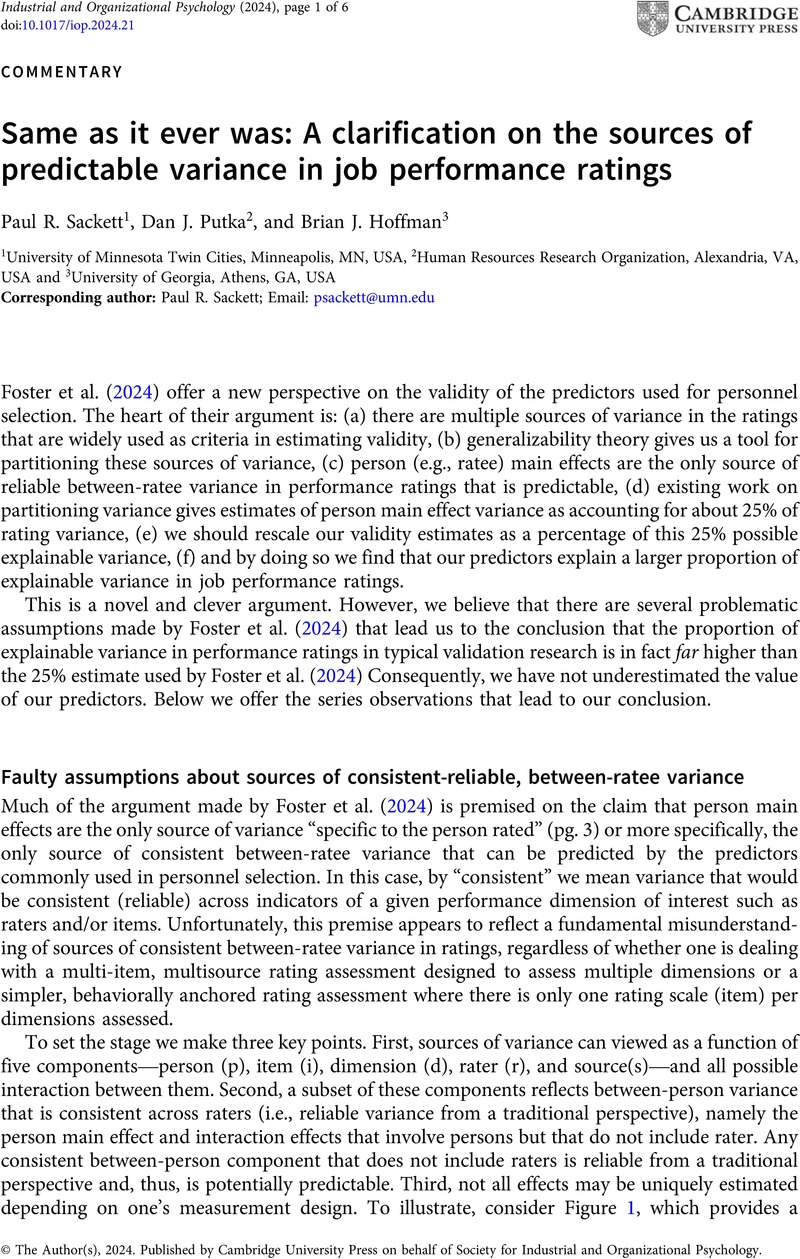Crossref Citations
This article has been cited by the following publications. This list is generated based on data provided by Crossref.
COLOM MARAÑON, ROBERTO
2024.
LA INTELIGENCIA COMO FACTOR PSICOLÓGICO RELEVANTE EN EL DISEÑO SELECTIVO EN LAS ADMINISTRACIONES PÚBLICAS .
Pertsonak eta Antolakunde Publikoak kudeatzeko Euskal Aldizkaria / Revista Vasca de Gestión de Personas y Organizaciones Públicas,
p.
48.



